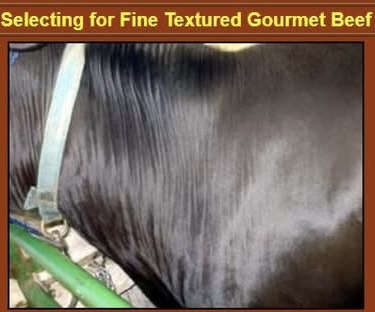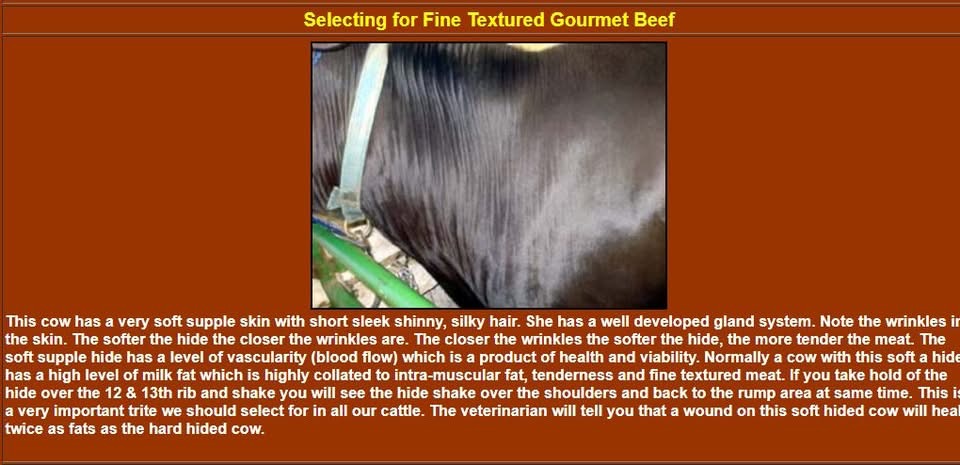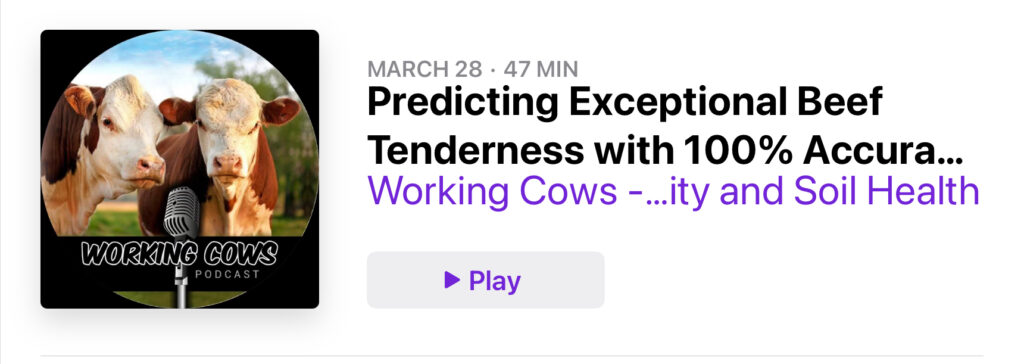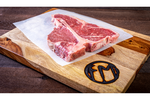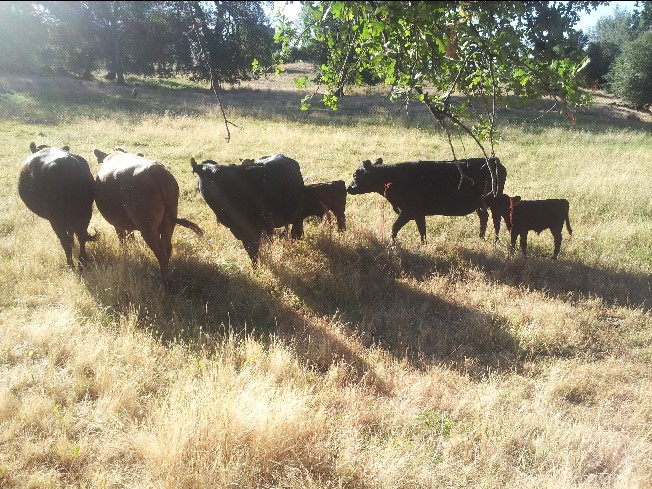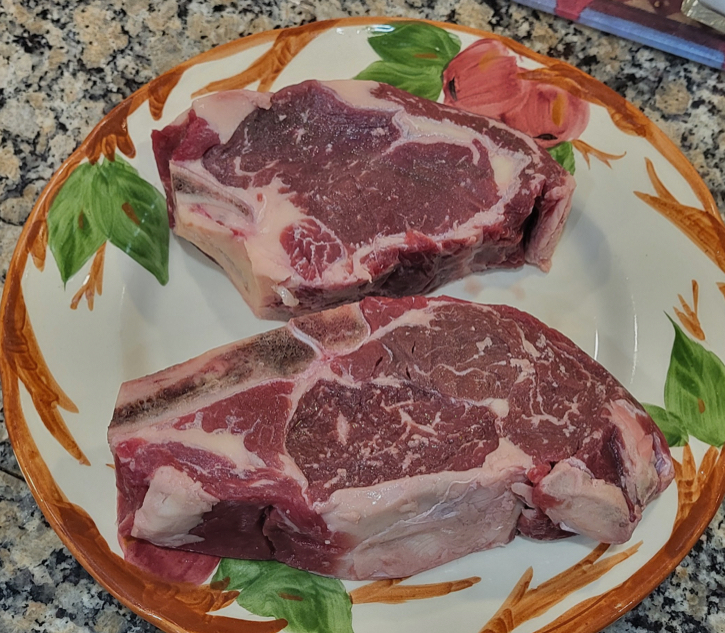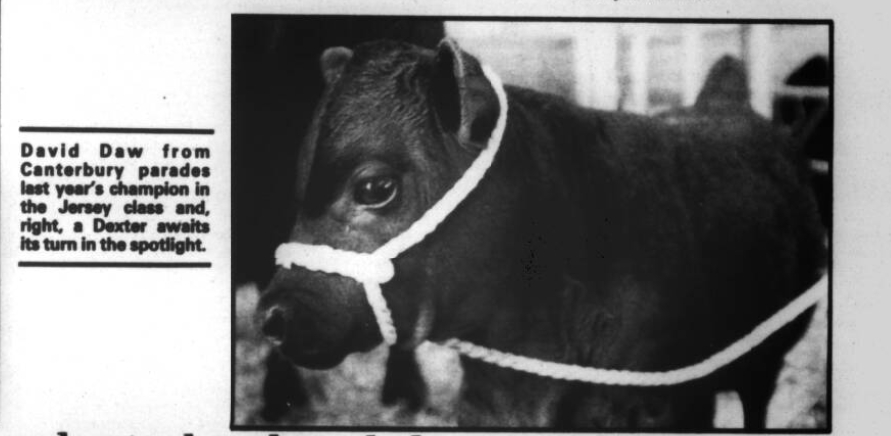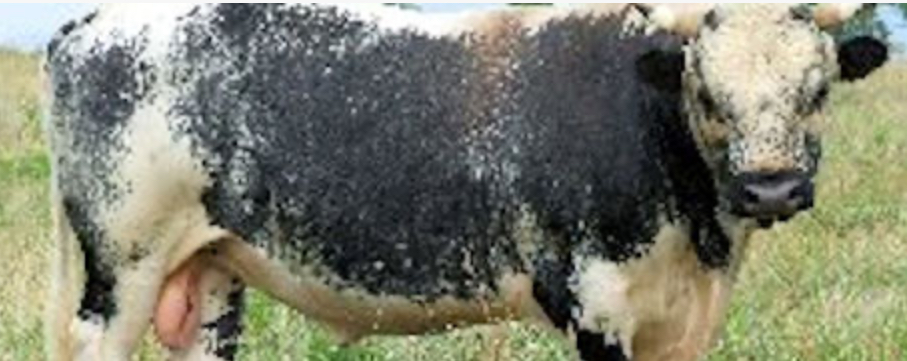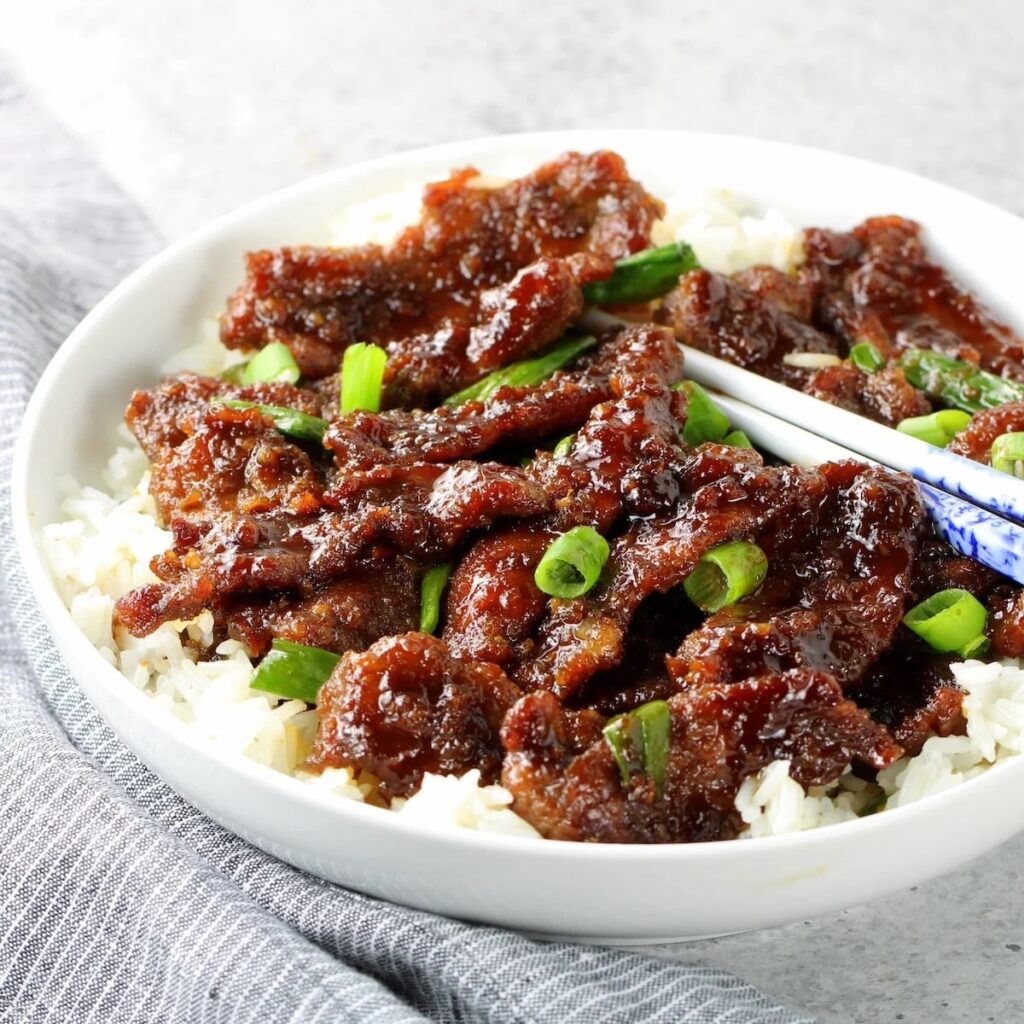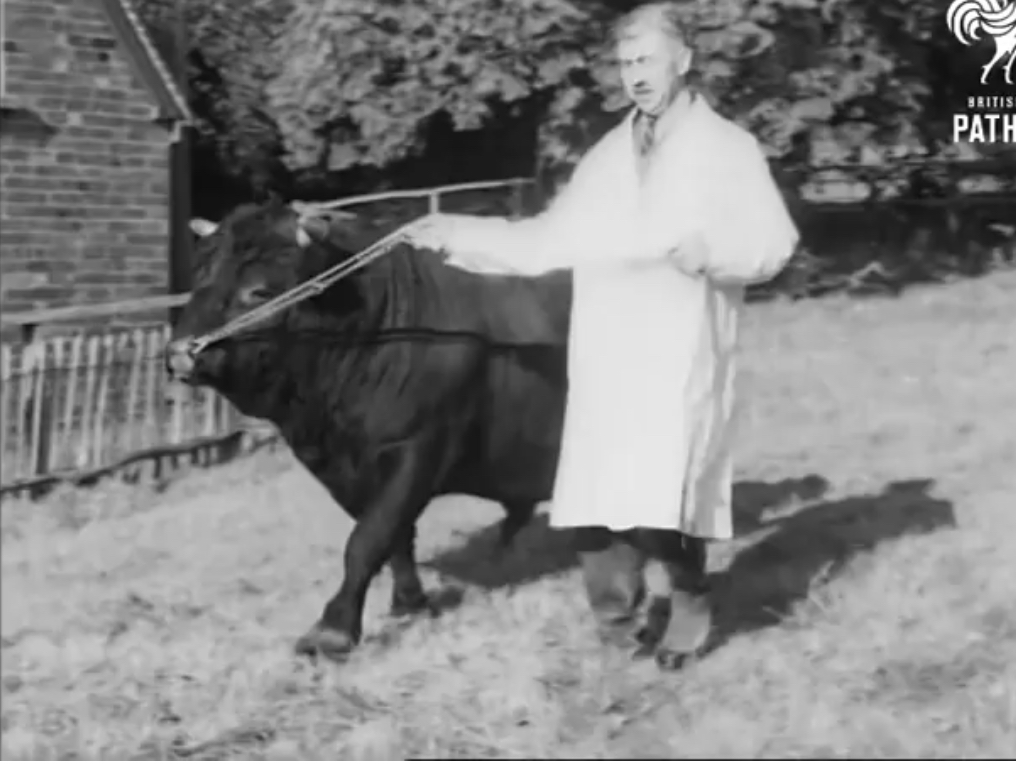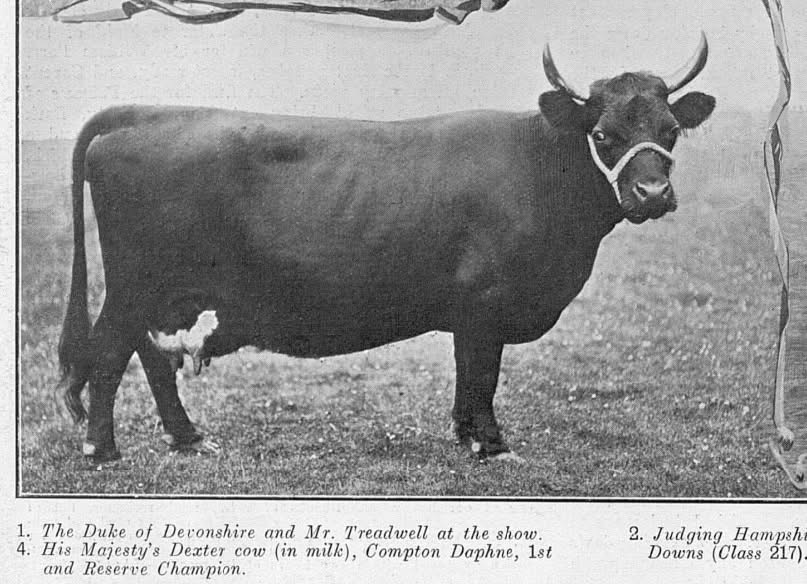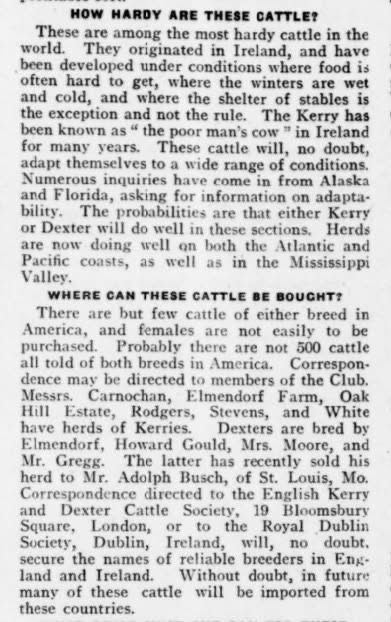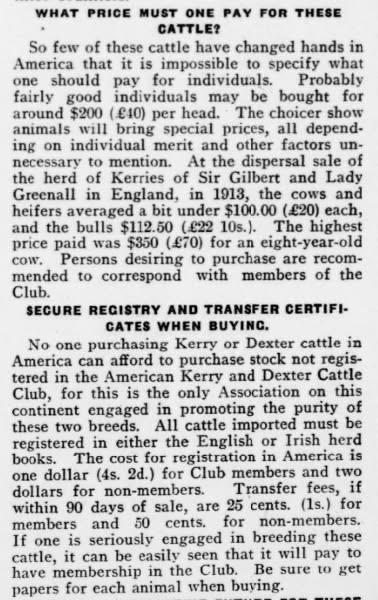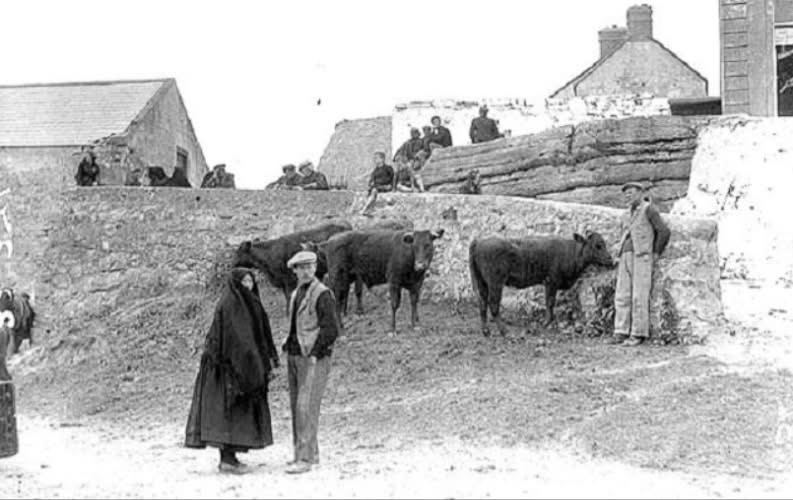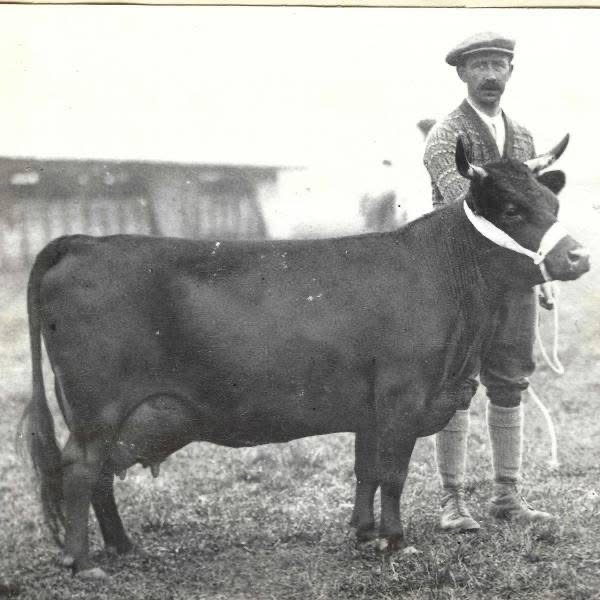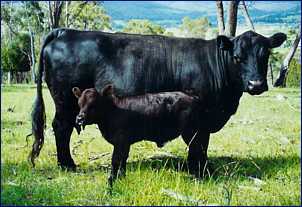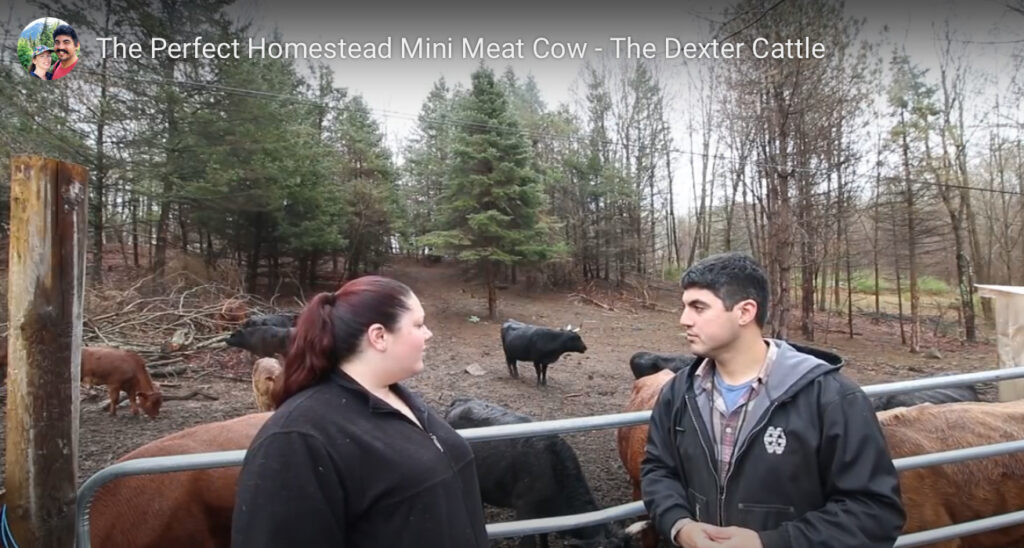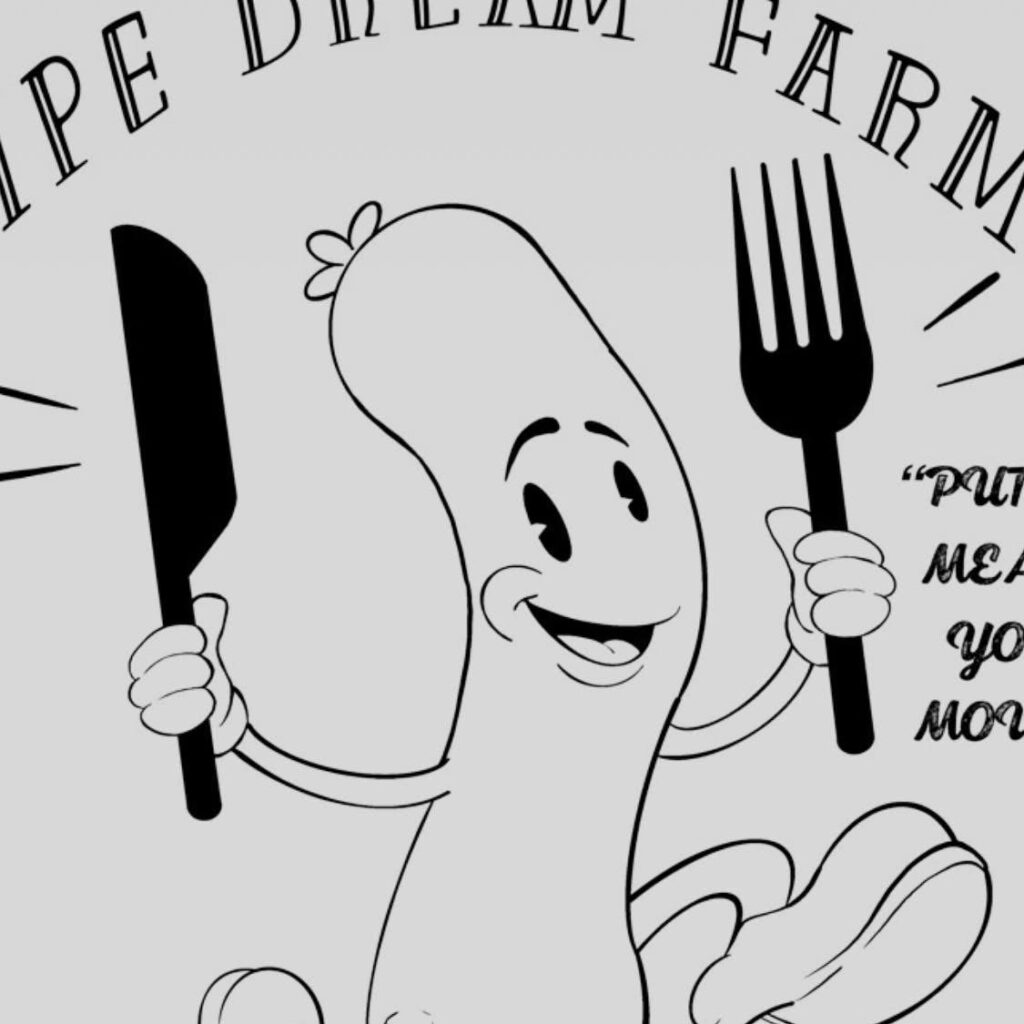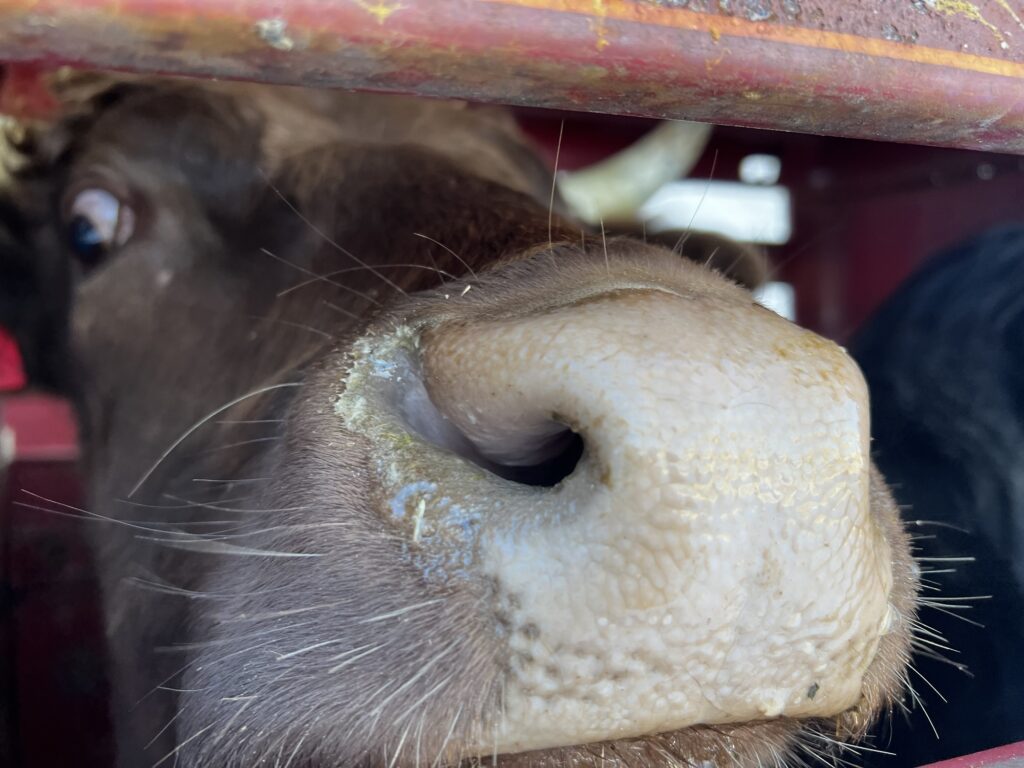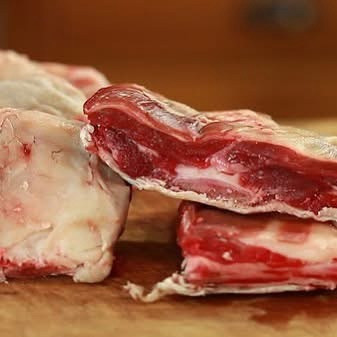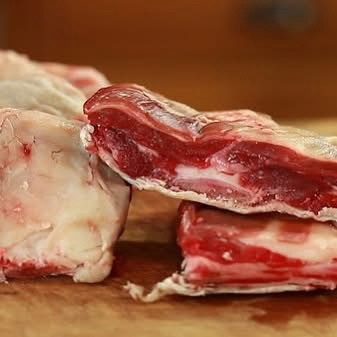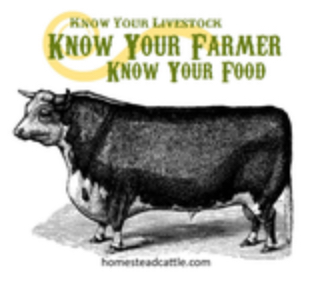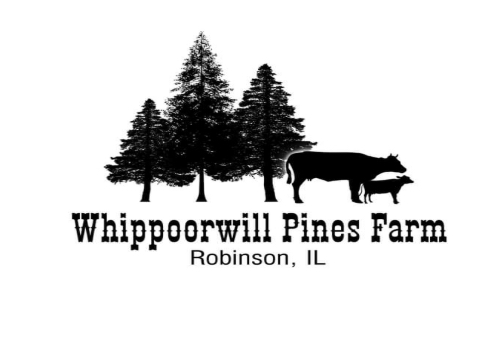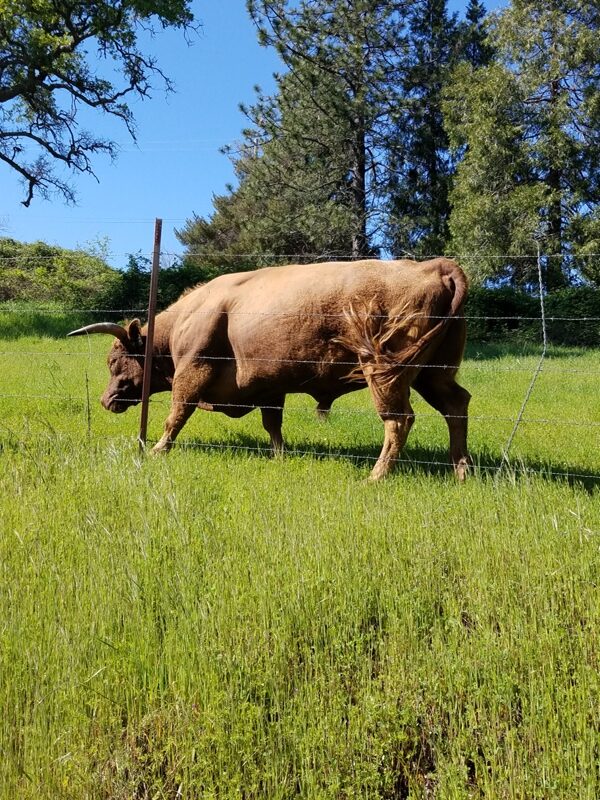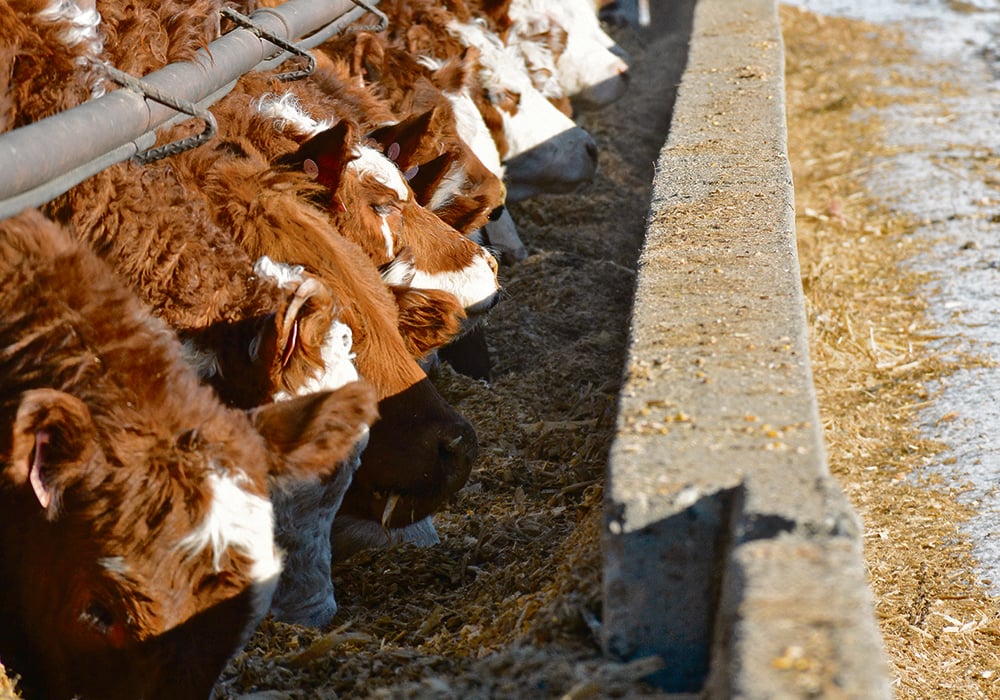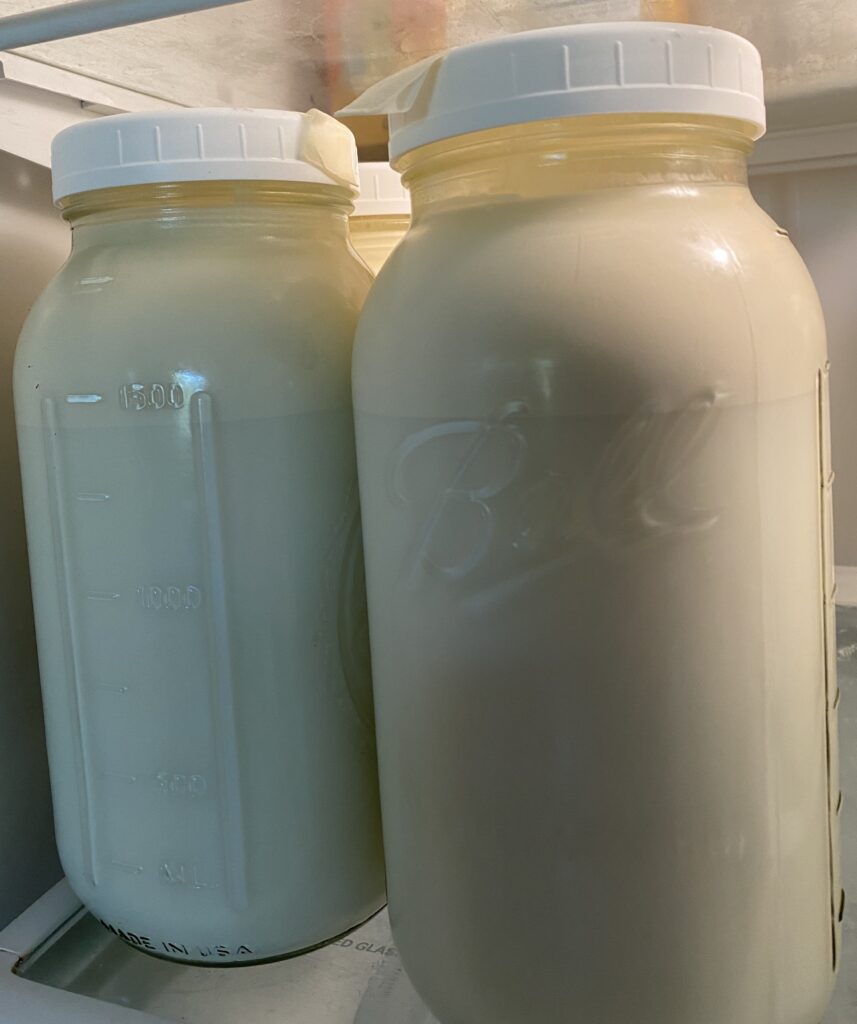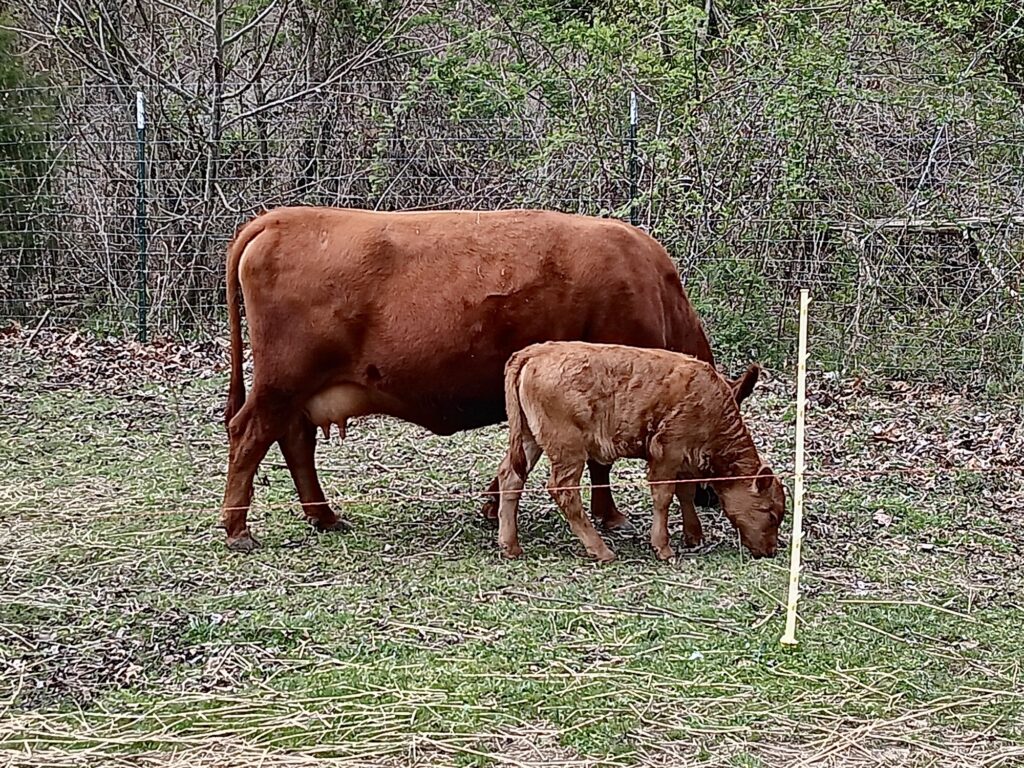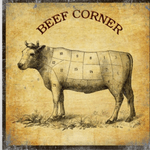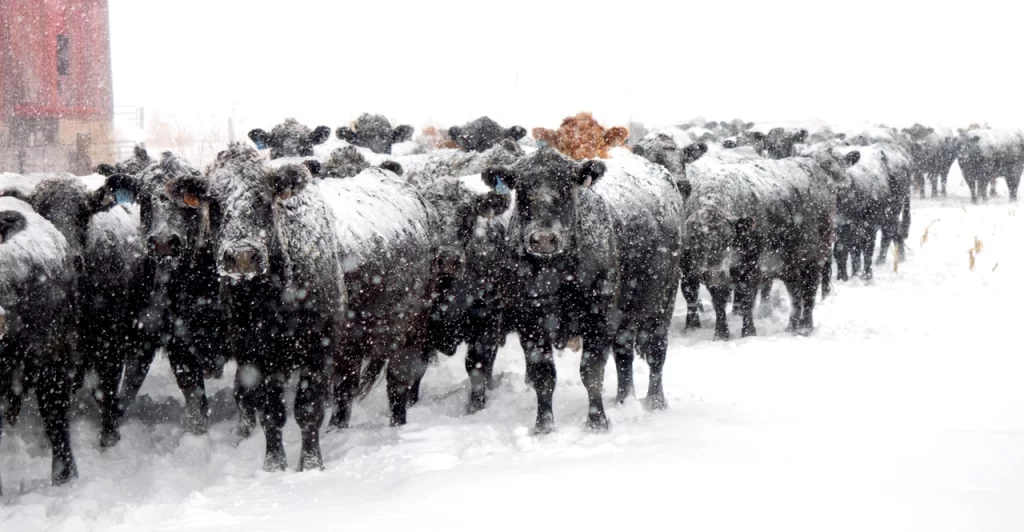Game Changer – Genetic Tenderness Testing
This morning I just received my package from Callipyge Genetics Lab in Selah, Washington. This is very exciting because it could be a game changer.
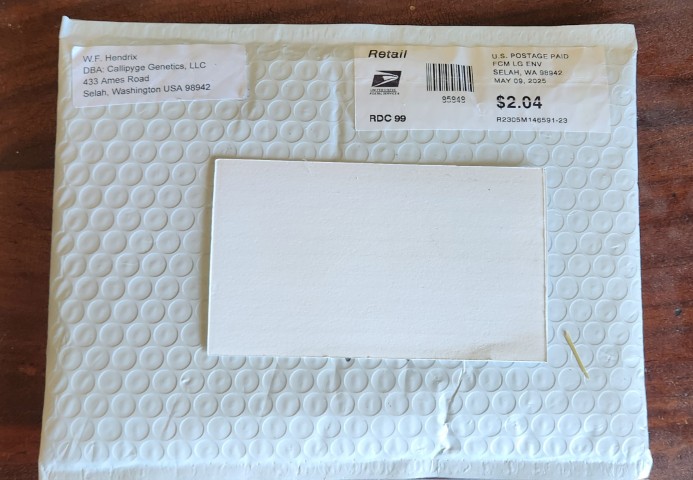
The package is from W.F. Hendrix, DBA (Doing Business As) Callipyge Genetics, LLC. The first thing I noticed is it cost $2.04 to send it to me in Calfornia, which is just south of Washington State. I ordered a set of 25 Tenet Certification Cards for $47.50, including postage, from their website April 22, 2025 and they were able to ship it May 9th. So, they have to be really busy.
If you recall, in last month’s Irish Dexter Cattlemen Tips & Tricks Guide, April 2025 Issue, Jeff Reusser, Royal Fare Farm submitted an article titled, “Who Knew Tenderness is Directly Correlated to Easy Keeper“. If you haven’t read the article, just click on the tittle. This article is about predicting exceptional beef tenderness with 100% accuracy. Now that’s exactly what I am looking for!
Our ranch started in 2009 by purchasing 3 Irish Dexters, a bull, a cow, and one male calf. Right away I knew what we would be doing with that calf. Much to our surprise, the day it was being slaughtered on our farm, the guy preparing the steer to be delivered to the butcher looked at our pasture and declared, “This is going to be great tasting beef” Boy was he right. Not only did it have an amazing taste, but it was tender too. Over the years I have learned the techniques to insure the best tasting grass fed, grass finished beef by carefully monitoring the grass they eat. But what good it it to have the best tasting beef when chewing on tack room leather? Both taste and tenderness are critical if you are going to provide a product folks really love. Testing for tenderness? Now that’s a game changer.
After a bit of tugging and pulling, I was able to open the package without cutting it. Sure enough, inside were twenty-five “Tenet Beef” cards. Each one labeled with their logo, bar coded, and included their website address, www.tenetbeef.com.
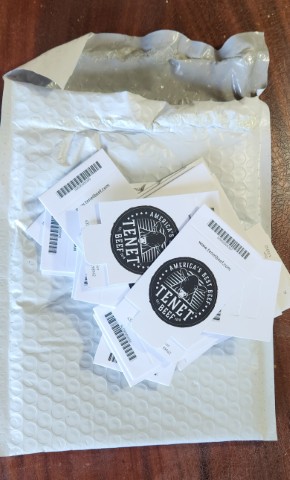
On the back of each card is space to write your Ranch Name and Date. The next line down is for the Animal ID. Then the third line is for a 15 digit EID number. Below this is another bar code, which is the same bar code on the front of the card. Every card has its own unique bar code.
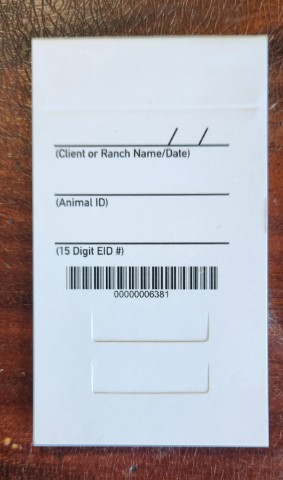
Opening the card, things get a little tricky. There is a list of three things to do and the first thing to do on the list is a globsmack.
- Fill the ENTIRE circle with blood – Yup! That’s what it says. How am I suppose to do that? I got this bull. It’s got horns. It’s got WILD eyes. You want me to do WHAT? That’s not a small circle!
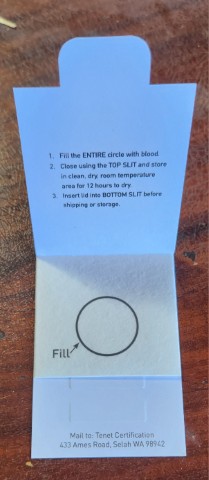
Stay tuned. There maybe more to come. Honey, were we serious about doing this testing thing?
Game Changer – Genetic Tenderness Testing Read More »
Beef

